Home>Articles>How Many Watts Does An Electric Pressure Cooker Use
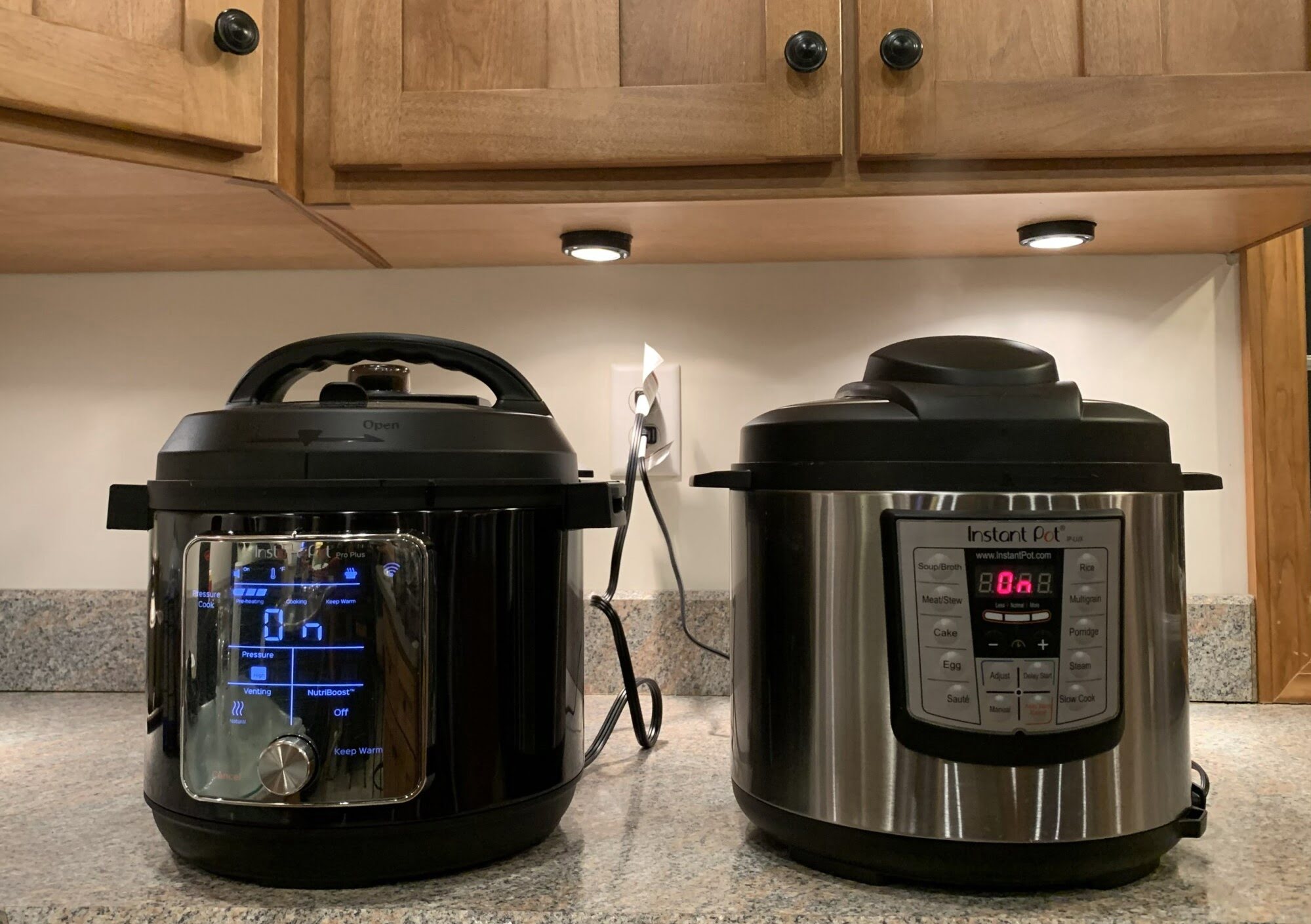

Articles
How Many Watts Does An Electric Pressure Cooker Use
Modified: February 28, 2024
Discover how many watts an electric pressure cooker uses in this informative article. Learn about the power consumption of electric pressure cookers and make an informed decision before buying one
(Many of the links in this article redirect to a specific reviewed product. Your purchase of these products through affiliate links helps to generate commission for Storables.com, at no extra cost. Learn more)
Introduction
Electric pressure cookers have revolutionized the way we cook, making it faster and more convenient to prepare meals. With their ability to cook food under high pressure, these appliances have become a staple in many kitchens. However, one question that often arises is how many watts do electric pressure cookers use?
Understanding the power consumption of electric pressure cookers is important for a couple of reasons. Firstly, it helps you estimate the amount of electricity these appliances consume, which can impact your monthly utility bills. Secondly, it gives you an idea of the energy efficiency of different models, allowing you to make more informed purchasing decisions.
In this article, we will delve into the topic of wattage usage in electric pressure cookers. We will explore the factors that affect power consumption, discuss the average watts used by these appliances, and provide tips on how to reduce energy consumption. So, let’s jump right in and uncover the mysteries behind the watts used by electric pressure cookers!
Key Takeaways:
- Understanding the wattage usage of electric pressure cookers, ranging from 800 to 1500 watts, is crucial for managing energy consumption and making informed purchasing decisions. Factors like cooking program, pot size, and user behavior impact power usage.
- Maximizing energy efficiency in electric pressure cookers involves utilizing programmable functions, minimizing lid opening, and practicing energy-saving cooking methods. By adopting these tips, you can save energy, lower electricity bills, and promote sustainable living.
Read more: How Many Watts Does A Rice Cooker Use
Understanding Electric Pressure Cookers
Electric pressure cookers, also known as multicookers or instant pots, are versatile kitchen appliances that have gained immense popularity in recent years. These cookers work by trapping steam inside a sealed pot, creating a high-pressure environment that enables fast and efficient cooking. But how exactly do they work?
At the core of an electric pressure cooker is a sealed cooking pot made of metal, usually stainless steel or aluminum. This pot is equipped with a pressure release valve and a gasket that ensures a tight seal. The cooker also consists of an electric heating element at the bottom, which provides the necessary heat for cooking.
To use an electric pressure cooker, you simply add the ingredients along with liquid, such as water or broth, into the pot. Then, you lock the lid into place and select the desired cooking program or set the cooking time and pressure manually. Once activated, the cooker heats up the liquid, creating steam. As the steam builds up pressure inside the pot, it raises the boiling point of the liquid, thus cooking the food faster.
One of the major advantages of electric pressure cookers is their versatility. They offer a wide range of cooking functions, including pressure cooking, slow cooking, steaming, sautéing, and even baking. This makes them suitable for preparing a variety of dishes, from soups and stews to rice, meats, and even desserts.
Moreover, electric pressure cookers are designed with safety features that prevent any accidents or mishaps. These features typically include pressure release valves, locking mechanisms, and automatic shut-off functions. This ensures that the pressure inside the cooker is regulated and maintained within safe limits.
Now that we have a basic understanding of how electric pressure cookers work, let’s move on to a crucial aspect: power consumption. How many watts do these appliances use, and what factors influence their energy usage? We will explore these questions in the following sections.
Power Consumption of Electric Pressure Cookers
When it comes to power consumption, electric pressure cookers are relatively energy-efficient compared to other kitchen appliances. However, the exact wattage usage can vary depending on several factors.
The wattage of an electric pressure cooker refers to the amount of electrical power it requires to operate. This is determined by the heating element’s capacity and the overall design of the appliance. Most electric pressure cookers have a wattage range of 800 to 1500 watts, with the higher end being capable of faster cooking times.
The power consumption of electric pressure cookers is highest during the initial heating phase, where the cooker reaches the desired pressure level. Once the pressure is achieved, the wattage usage decreases as the appliance maintains the pressure and continues the cooking process.
It’s important to note that the wattage usage may differ based on the cooking program or setting used. For example, higher pressure settings or longer cooking durations may require more power. Additionally, certain features like preheating or keeping food warm after cooking can contribute to increased energy consumption.
Another factor that affects the power consumption of electric pressure cookers is the size of the appliance. Larger cookers generally require more power to heat up the increased volume of food and liquid within the pot. So, if you’re opting for a larger capacity cooker, it’s essential to consider the potential impact on your electricity usage.
Furthermore, the materials used in the construction of the cooker can influence energy efficiency. Stainless steel cookers tend to retain heat better, reducing the need for constant power usage. Additionally, cookers with multi-layered bases and efficient heat distribution mechanisms can enhance energy efficiency and reduce power consumption.
It’s worth noting that the actual energy consumption of an electric pressure cooker may vary from the stated wattage. Factors such as altitude, voltage fluctuations, and user behavior can influence the overall electricity usage. However, the wattage rating provided by the manufacturer serves as a useful reference to estimate power consumption.
In the next section, we’ll dive into the average watts used by electric pressure cookers to give you a better understanding of their energy requirements.
Factors Affecting Wattage Usage
The wattage usage of an electric pressure cooker can be influenced by a variety of factors. Understanding these factors can help you manage your energy consumption more effectively and make informed decisions when selecting a cooker.
1. Cooking Program or Setting: Different cooking programs or settings on an electric pressure cooker can have varying power requirements. For example, a high-pressure setting may consume more watts compared to a low-pressure setting. Similarly, longer cooking durations or functions like slow cooking or sautéing may require more power. It’s important to consider the specific needs of your recipes and adjust the settings accordingly to optimize energy consumption.
2. Pot Size and Material: The size and material of the pot can impact energy usage. Larger pots will require more power to heat up a larger volume of food and liquid. Stainless steel pots tend to retain heat better, reducing the need for constant power usage. Additionally, pots with multi-layered bases and efficient heat distribution mechanisms can improve energy efficiency and minimize power consumption.
3. Altitude: The altitude at which you are cooking can affect the time it takes to reach and maintain the desired pressure. At higher altitudes, where atmospheric pressure is lower, electric pressure cookers may need to consume more power to compensate for the difference. This can result in slightly higher wattage usage.
4. Voltage Fluctuations: Voltage fluctuations in your electrical supply can affect the wattage usage of any electrical appliance, including electric pressure cookers. If the voltage is too low, the cooker might draw more power to compensate, potentially leading to increased energy consumption. Using a voltage stabilizer or surge protector can help mitigate this issue.
5. User Behavior: How you use your electric pressure cooker can also impact power consumption. For example, repeatedly opening the lid during cooking can cause heat loss, requiring the cooker to consume more power to regain and maintain the desired pressure. It is advisable to minimize lid opening or use transparent lids to monitor the progress without losing heat.
By considering these factors, you can optimize the energy usage of your electric pressure cooker and minimize unnecessary power consumption. In the next section, we will delve into the average watts used by electric pressure cookers to give you a better understanding of their energy requirements.
When using an electric pressure cooker, be mindful of the wattage to avoid overloading your circuit. Most electric pressure cookers use around 1000-1200 watts, so ensure your outlet can handle this load.
Average Watts Used by Electric Pressure Cookers
The average wattage used by electric pressure cookers can vary depending on the specific model and brand. However, most electric pressure cookers typically have a wattage range of 800 to 1500 watts. This range provides sufficient power to generate the necessary heat and pressure for cooking.
Lower-end models typically have wattage ratings around 800 to 1000 watts. These cookers are designed to provide a more economical option while still delivering reliable performance. They may take slightly longer to reach and maintain the desired pressure, but they can still cook food efficiently.
Mid-range electric pressure cookers tend to fall within the 1000 to 1200 watt range. These models strike a balance between energy efficiency and cooking speed. They offer a good combination of power and performance, making them suitable for most cooking needs.
On the higher end of the spectrum, there are electric pressure cookers with wattage ratings of 1200 to 1500 watts or more. These cookers are designed for faster cooking times and greater convenience. They can quickly reach and maintain high pressures, making them ideal for individuals who want to expedite their cooking process.
It’s important to note that the wattage rating provided by the manufacturer serves as a reference and estimation of power consumption. The actual energy usage can be influenced by various factors such as altitude, voltage fluctuations, and user behavior, as mentioned earlier.
When considering the wattage of an electric pressure cooker, it’s essential to weigh it against your specific cooking needs. If you frequently cook large batches or need to cook quickly, a higher wattage appliance may be more suitable. However, if you have more time and are looking to save on energy consumption, a lower wattage option may be a better choice.
Ultimately, the choice of electric pressure cooker wattage depends on your individual preferences, cooking habits, and kitchen setup. By understanding the average wattage used by these appliances, you can make a more informed decision when selecting the right model for your needs.
In the next section, we will explore the energy efficiency of electric pressure cookers and provide tips on how to reduce power consumption without compromising on cooking performance.
Read more: How Many Watts Does An Electric Cooktop Use
Energy Efficiency of Electric Pressure Cookers
Electric pressure cookers are known for their energy efficiency compared to traditional cooking methods. Their ability to cook food quickly under high pressure reduces cooking time and, in turn, helps save energy. However, there are a few additional factors to consider when assessing the energy efficiency of these appliances.
One significant aspect of energy efficiency is the insulation and sealing of the pressure cooker. The better the insulation and sealing, the more efficient the cooker will be at retaining heat. Look for models with well-insulated walls, tight-fitting lids, and gaskets that create a strong seal. This helps minimize heat loss and ensures that heat is utilized efficiently during the cooking process.
Stainless steel pressure cookers are generally preferred for their excellent heat retention properties, which can contribute to energy efficiency. Stainless steel conducts heat well and distributes it evenly, reducing the need for excessive power consumption. Additionally, stainless steel is a durable material that retains its heat-retaining properties over time.
Modern electric pressure cookers often come equipped with digital controls and programmable cooking functions. These features allow for precise temperature and pressure control, ensuring that the cooker utilizes the right amount of energy for each specific recipe. Being able to customize the cooking settings to match the requirements can help optimize energy efficiency.
Another factor to consider is the size of the electric pressure cooker. Using a smaller cooker for smaller portions or recipes can help save energy. With less space to heat and fewer materials to cook, the cooker can reach and maintain pressure more quickly, reducing overall cooking time and energy consumption.
Utilizing the various cooking functions and settings of the electric pressure cooker wisely can also contribute to energy efficiency. For example, using the “quick release” method to manually release pressure after cooking, instead of allowing the cooker to release the pressure naturally, can save energy.
Furthermore, reducing the preheating time or opting for the “saute” function can help cut down on energy usage. It’s also advisable to not overcrowd the cooker with ingredients, as this can increase cooking time and energy consumption.
Regular maintenance and cleaning of the electric pressure cooker are essential for energy efficiency. A clean cooker with no residue or food buildup on the heating element can perform more efficiently.
By considering these factors and following energy-saving practices, you can maximize the energy efficiency of your electric pressure cooker. This not only helps reduce your environmental footprint but also lowers your energy bills in the long run.
In the next section, we will share some tips to further reduce power consumption when using an electric pressure cooker without compromising on cooking performance or food quality.
Tips to Reduce Power Consumption
While electric pressure cookers are already energy-efficient appliances, there are several tips and practices you can adopt to further reduce power consumption. By following these tips, you can save energy and lower your electricity bills without compromising on cooking performance or the quality of your meals.
1. Optimize Batch Cooking: Consider cooking larger batches of food at once to make the most efficient use of your electric pressure cooker’s energy. This reduces the frequency of heating up the cooker and allows you to store leftovers for future meals.
2. Use the Right Pot Size: Choose a pot size that matches your cooking needs. Using a pot that is too large for the amount of food you’re cooking will waste energy as it will take longer to heat up. Conversely, using a pot that is too small can lead to overcrowding and inefficient cooking.
3. Utilize Programmable Cooking Functions: Take advantage of the programmable cooking functions available in your electric pressure cooker. By setting the appropriate time and pressure levels for your recipes, you can ensure that the cooker uses the optimal amount of energy for efficient cooking.
4. Minimize Lid Opening: Avoid frequently opening the lid during the cooking process as it releases heat and pressure, which requires the cooker to consume more energy to regain and maintain the desired cooking conditions. Instead, use transparent lids or utilize the cooker’s progress indicators to monitor your food’s progress.
5. Reduce Preheating Time: For recipes that don’t require extensive preheating, consider reducing the preheating time or skipping it altogether. While preheating can help speed up the cooking process, it can also contribute to additional power consumption.
6. Opt for Natural Pressure Release: When possible, try using the natural pressure release method instead of the quick-release method. While the quick-release method can expedite the cooking process, it uses more energy compared to allowing the pressure to release naturally.
7. Clean the Cooker Regularly: Regularly clean your electric pressure cooker to ensure optimal performance. Remove any food residue or buildup on the heating element, gasket, and sealing ring. A clean cooker operates more efficiently, reducing energy waste.
8. Make Use of Timer Delay Function: Many electric pressure cookers have a timer delay function, allowing you to pre-set the cooking time to start later. This can be useful for recipes that require a longer cooking time, as you can take advantage of off-peak electricity hours or schedule the cooking process to align with your daily routine.
9. Consider Energy-Saving Cooking Methods: Depending on the dish you’re preparing, consider alternative cooking methods like steam cooking or using the low-pressure setting. By experimenting with different techniques, you can find energy-efficient cooking methods that suit your needs.
By implementing these tips, you can further reduce power consumption when using your electric pressure cooker. Not only will this help save energy and lower your electricity bills, but it will also contribute to a more sustainable and environmentally friendly kitchen.
Conclusion
Electric pressure cookers have become a game-changer in modern kitchens, providing a convenient and efficient way to cook meals. Understanding the power consumption of these appliances is essential to manage energy usage and make informed purchasing decisions.
We have explored the factors that affect the wattage usage of electric pressure cookers, including the cooking program, pot size, altitude, voltage fluctuations, and user behavior. While the average wattage of these cookers ranges from 800 to 1500 watts, it’s important to consider the specific needs of your recipes and select a model that aligns with your cooking habits and energy-saving goals.
Furthermore, we discussed the energy efficiency of electric pressure cookers and provided tips to reduce power consumption. Choosing well-insulated cookers, utilizing the right pot size, optimizing cooking functions, minimizing lid opening, and maintaining the cooker can help maximize energy efficiency. Additionally, practicing energy-saving methods such as batch cooking, reducing preheating time, and utilizing timer delay functions can contribute to further energy savings.
By using these tips and adopting energy-conscious cooking practices, you can not only save energy and reduce your carbon footprint but also lower your electricity bills. Electric pressure cookers offer a convenient and efficient way to cook meals, and with the right approach, you can harness their benefits while minimizing energy consumption.
In conclusion, electric pressure cookers have brought about a revolution in the way we cook. Understanding their power consumption, energy efficiency, and implementing energy-saving practices can make a significant difference in reducing our environmental impact and promoting sustainable living. So, go ahead and enjoy the convenience, speed, and efficiency of electric pressure cookers while being mindful of your energy usage. Happy cooking!
Frequently Asked Questions about How Many Watts Does An Electric Pressure Cooker Use
Was this page helpful?
At Storables.com, we guarantee accurate and reliable information. Our content, validated by Expert Board Contributors, is crafted following stringent Editorial Policies. We're committed to providing you with well-researched, expert-backed insights for all your informational needs.
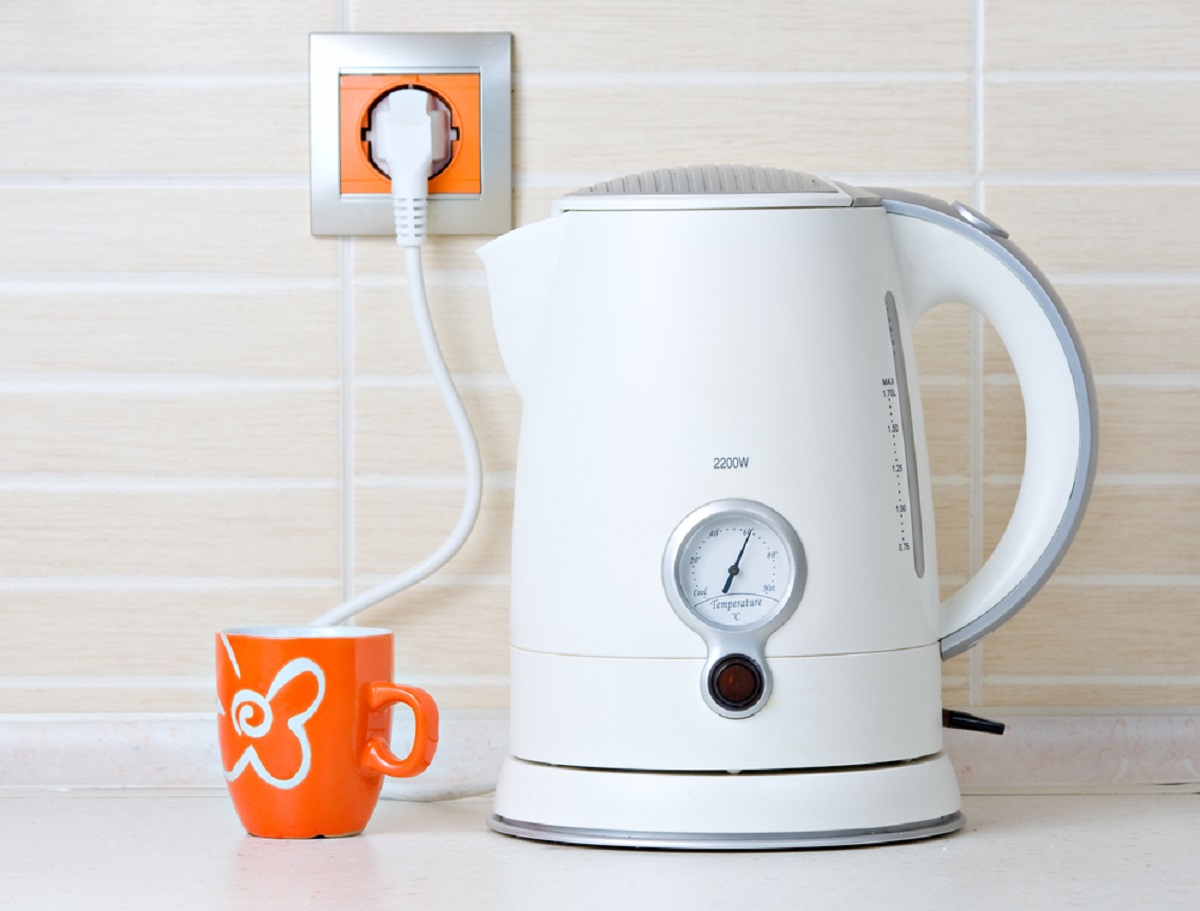
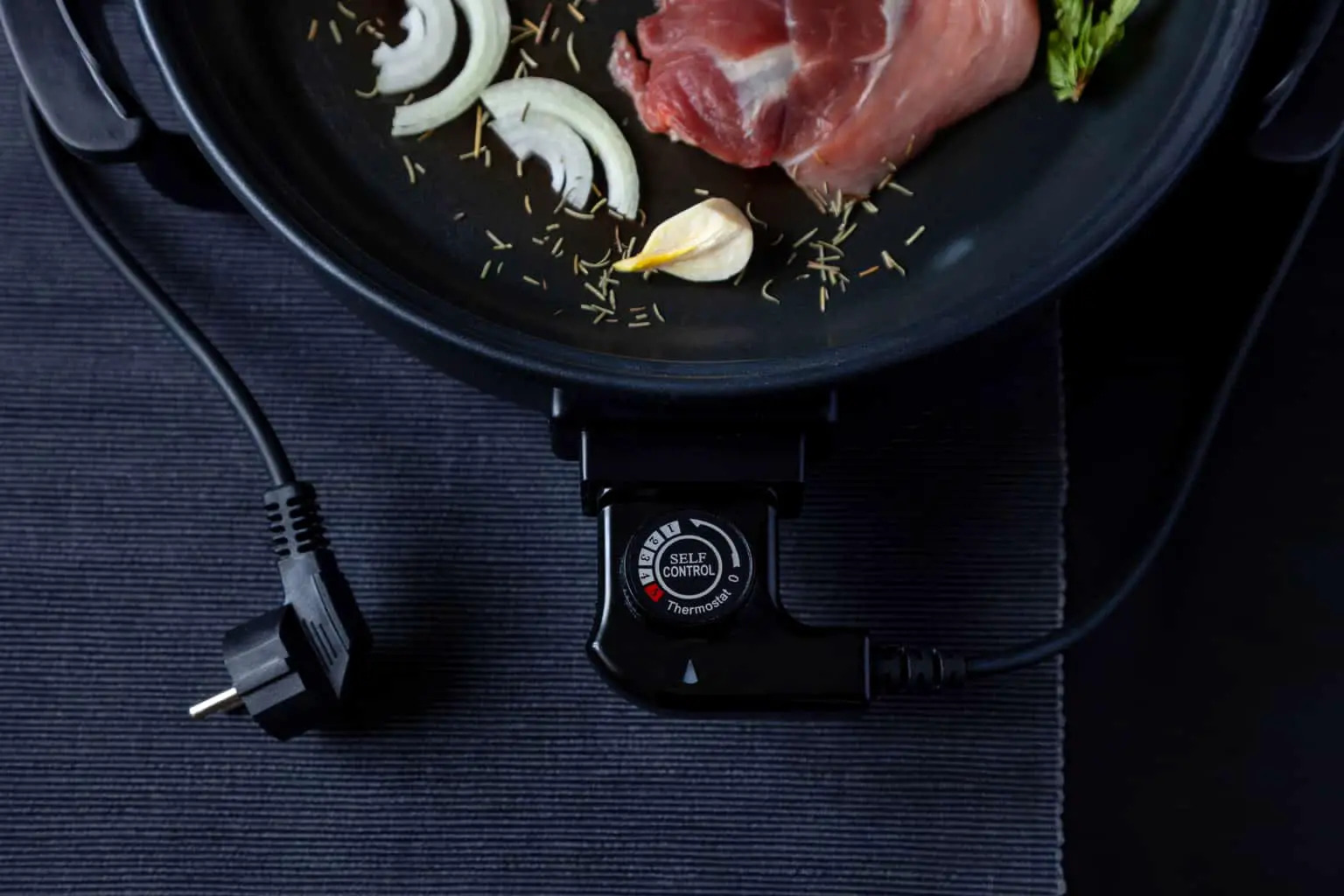
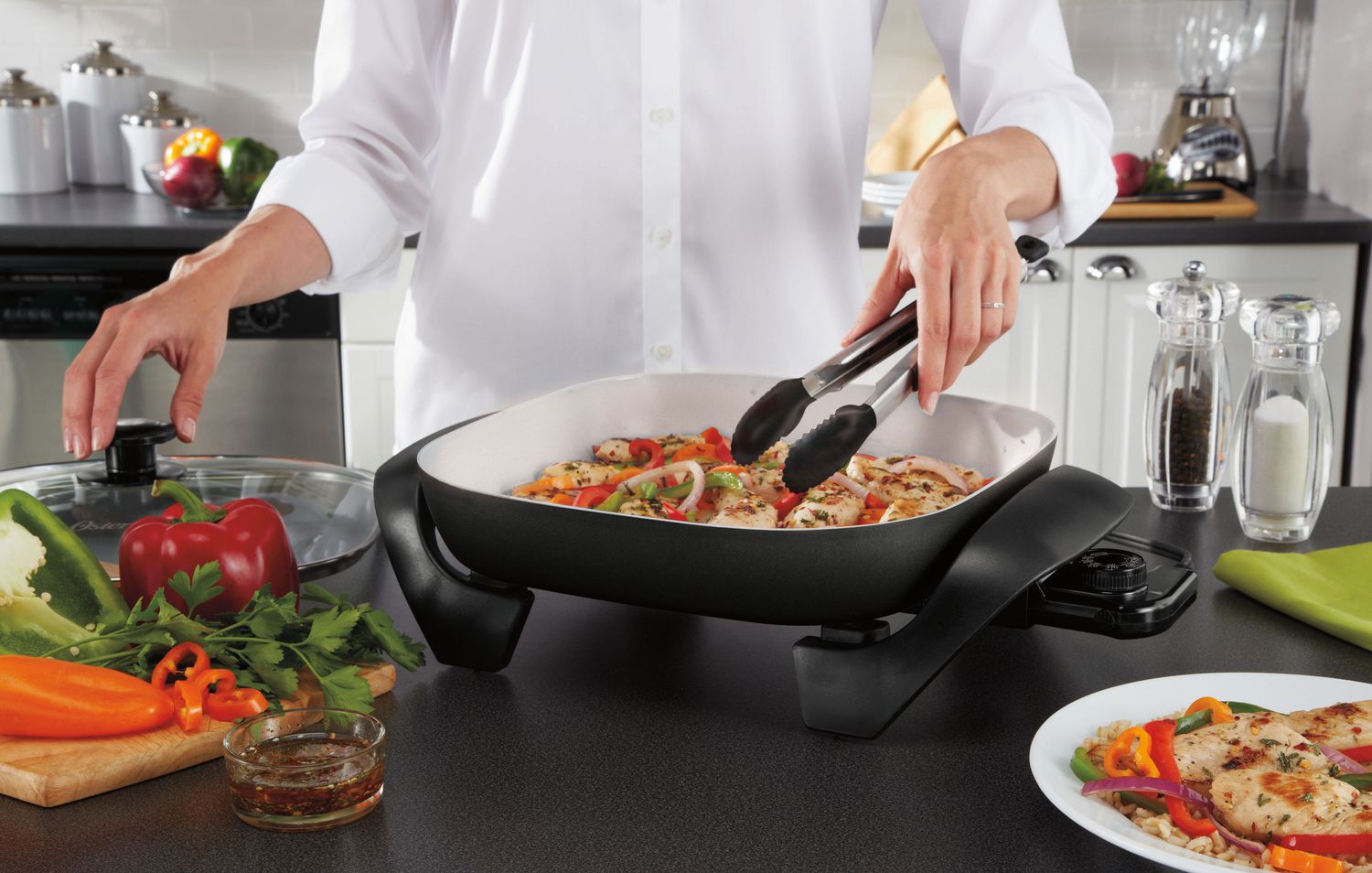
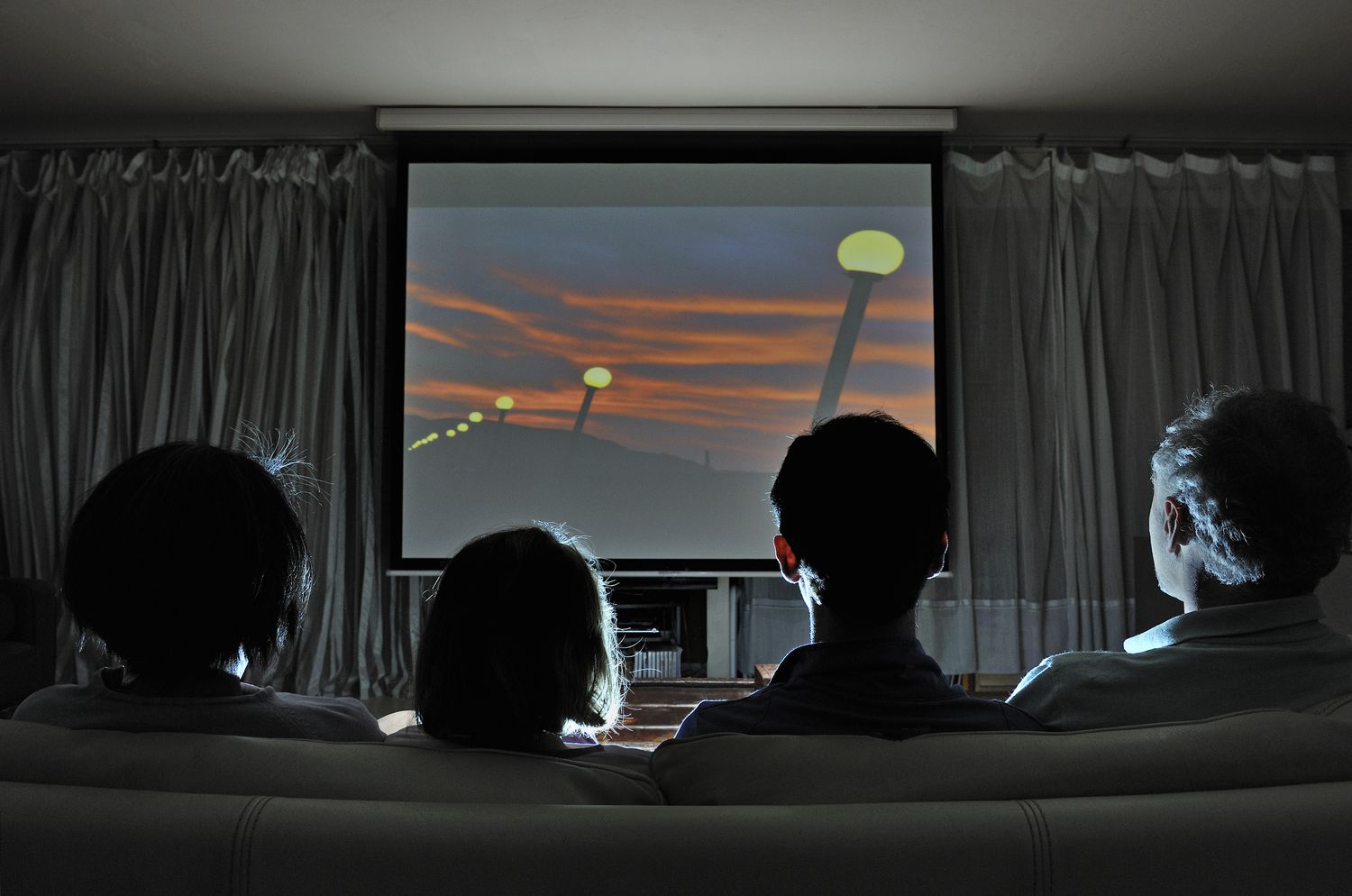
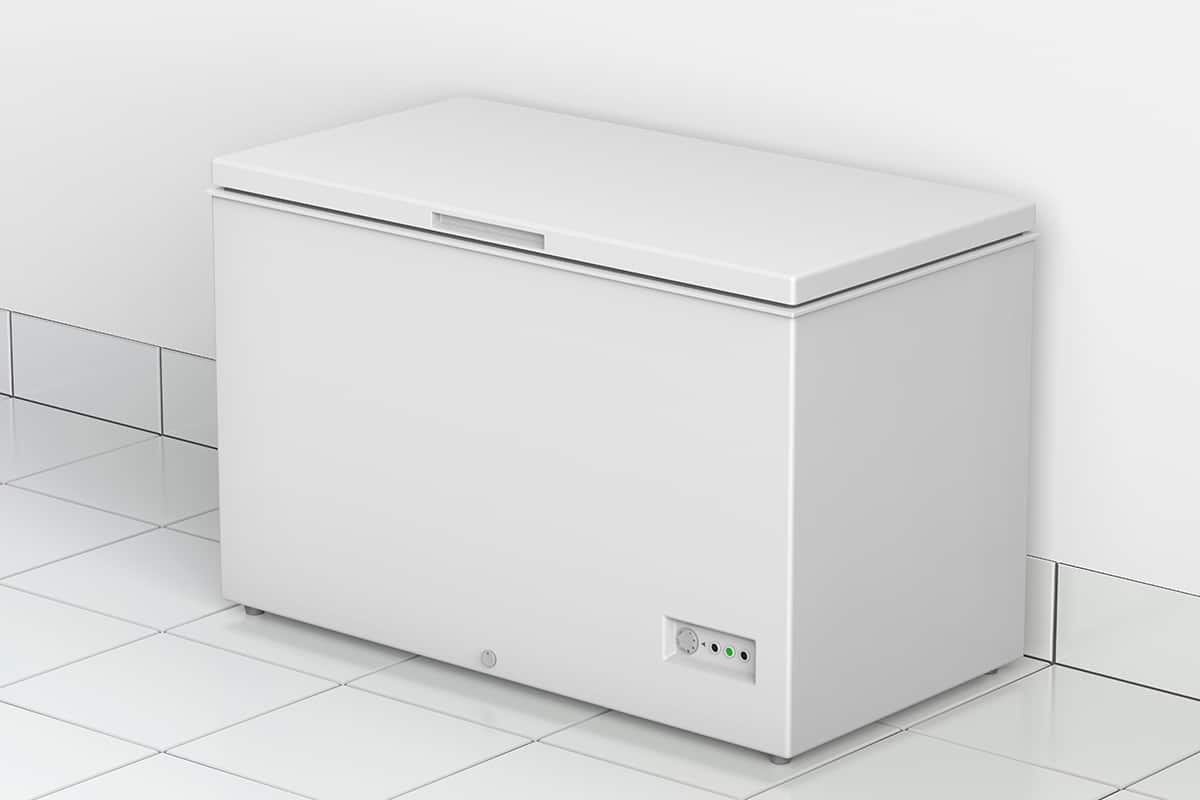
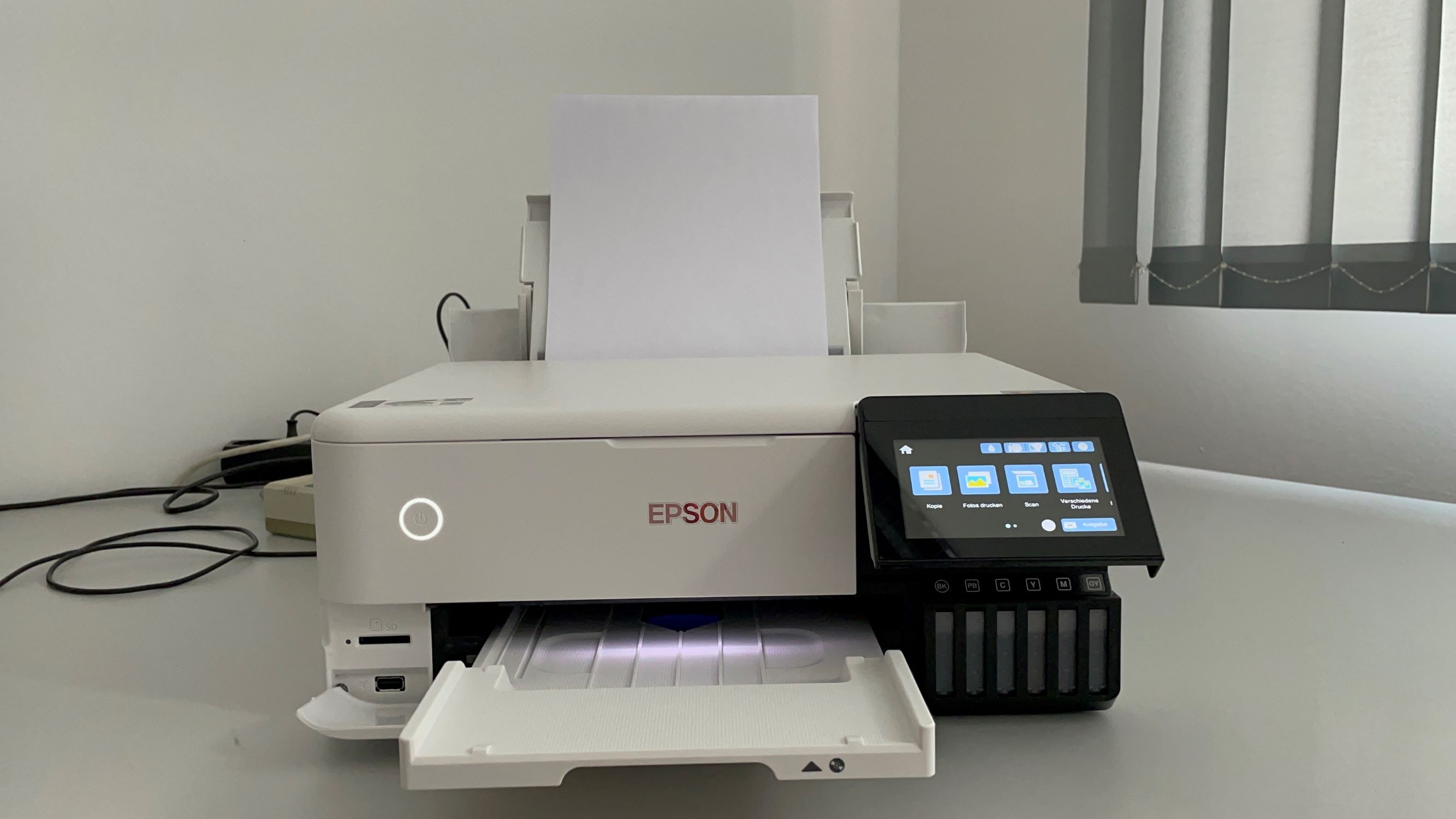
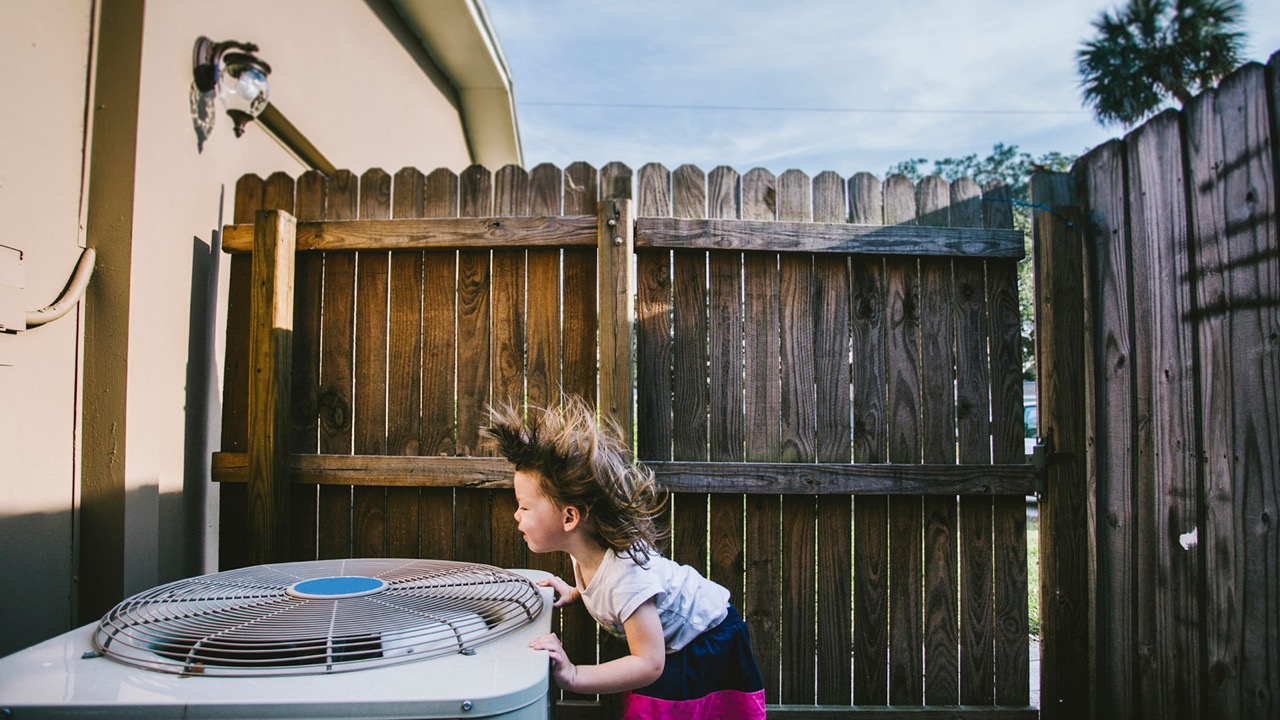
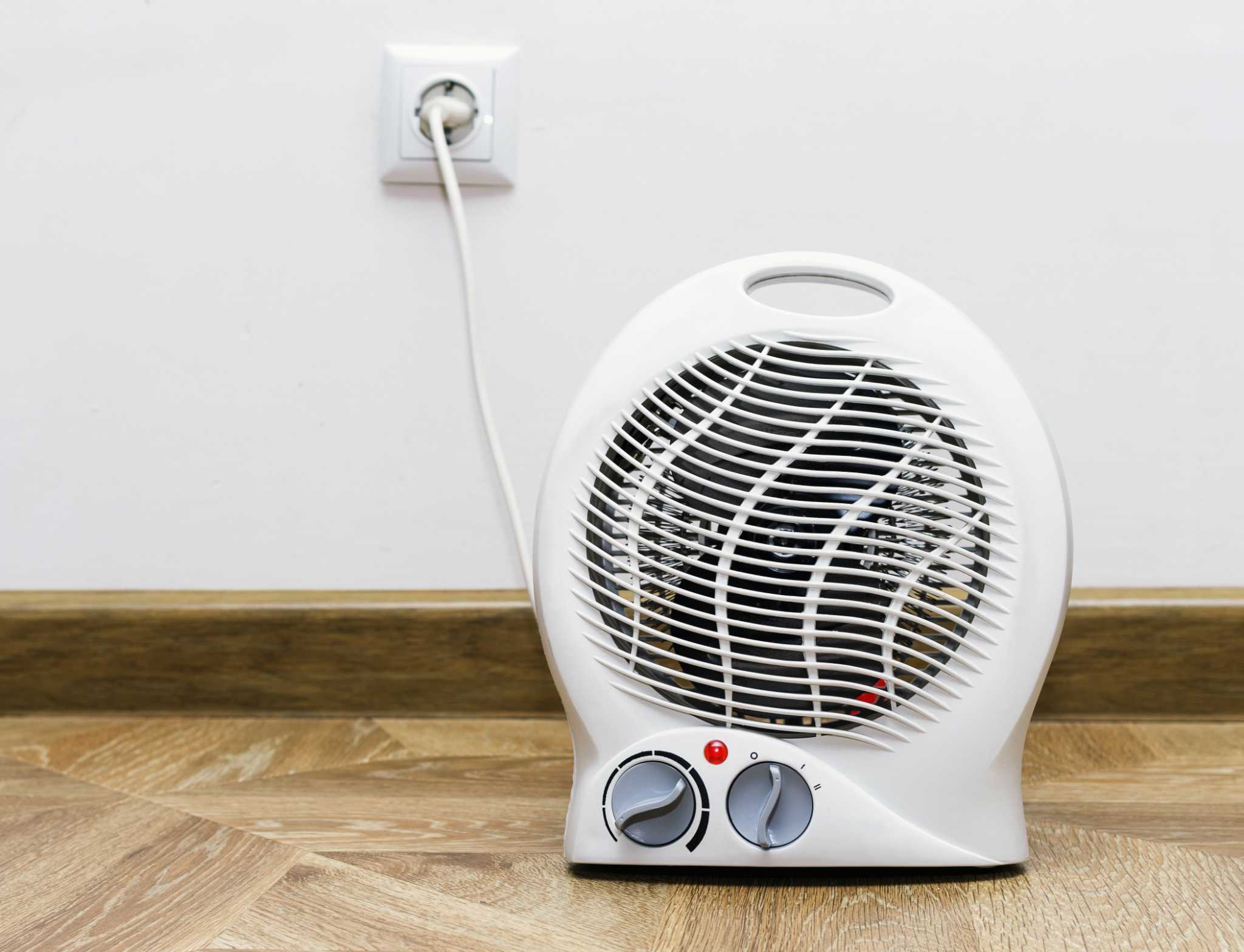
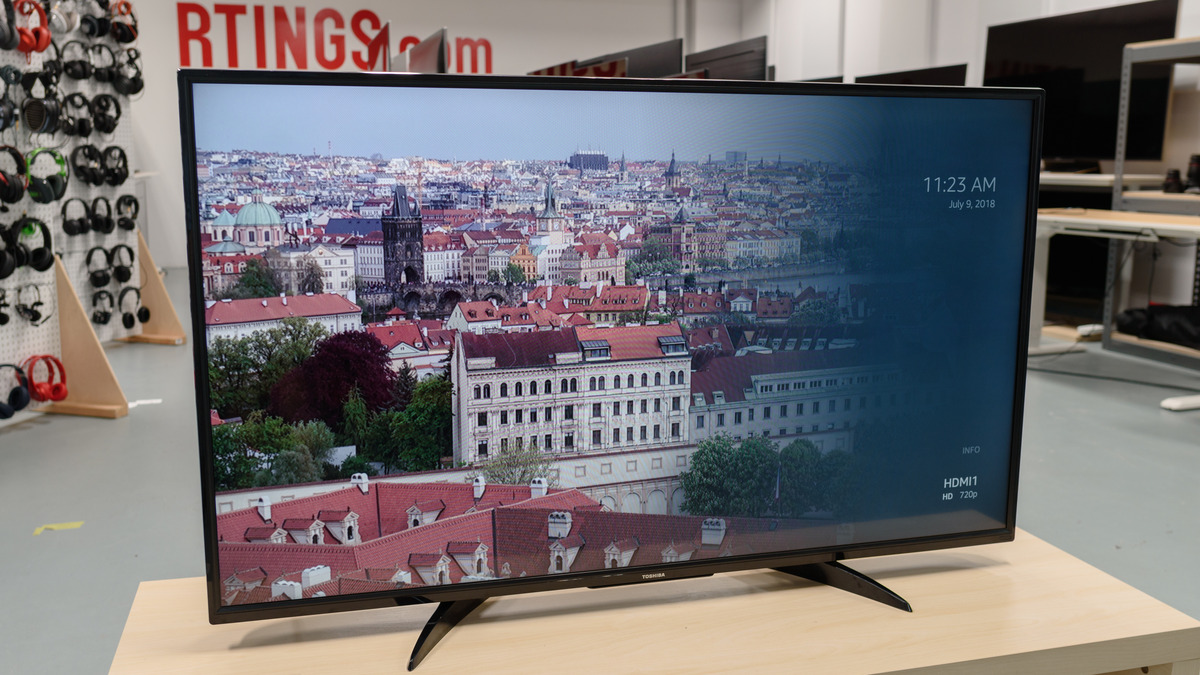
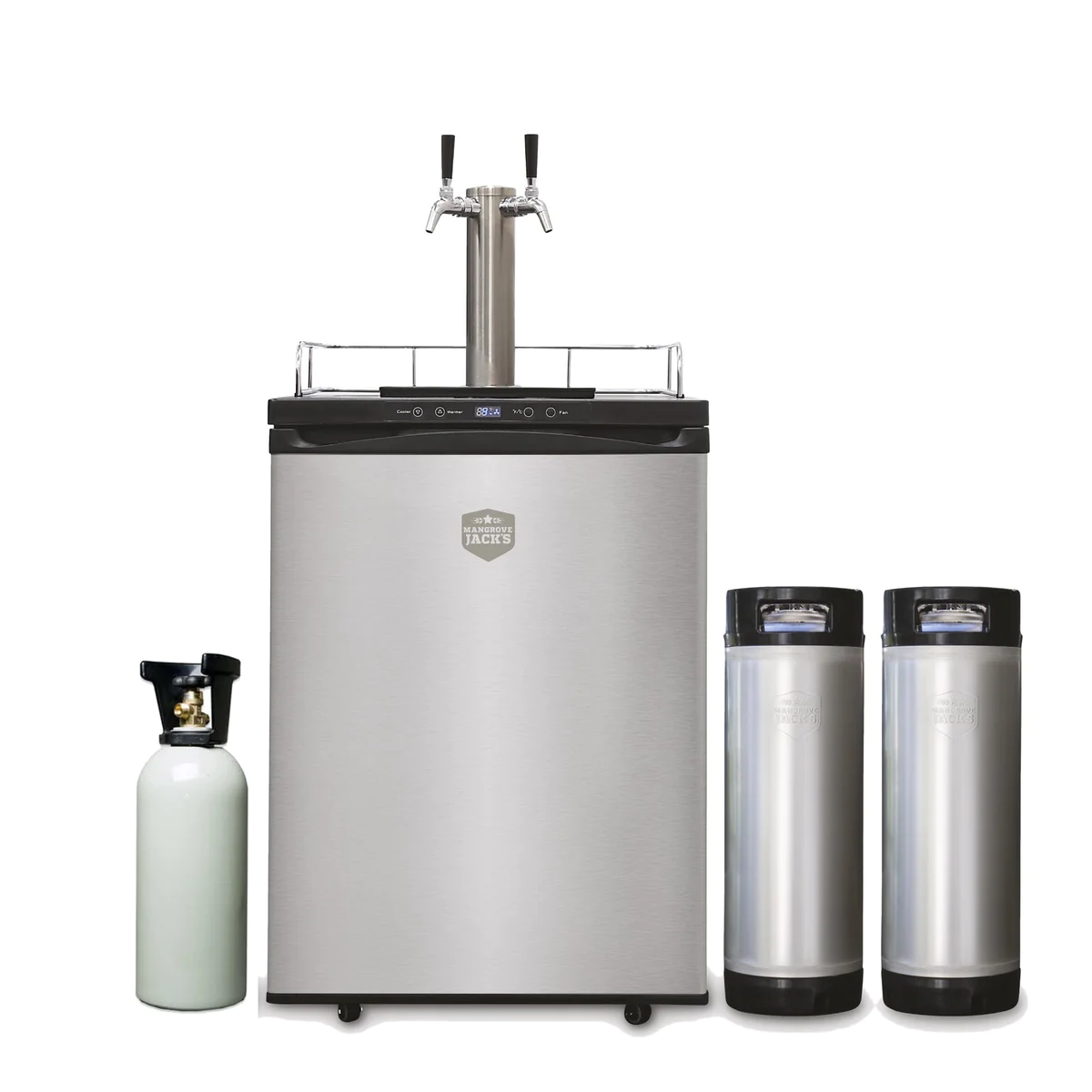
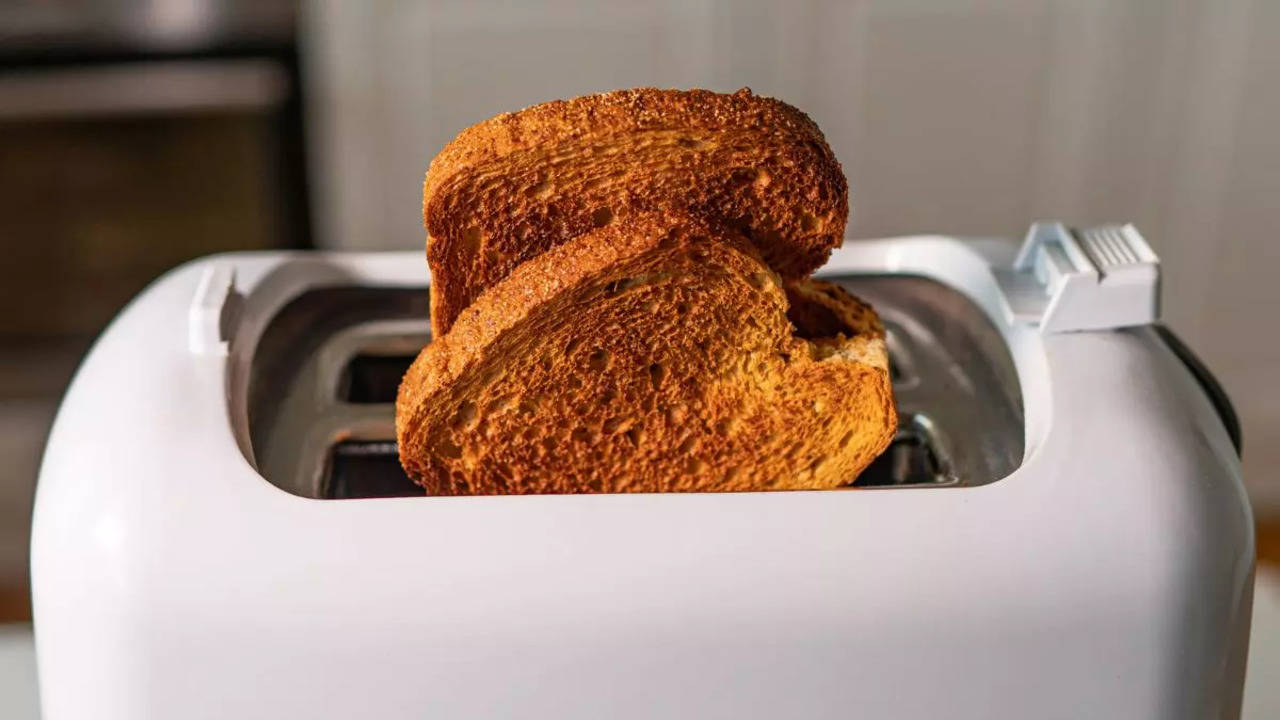
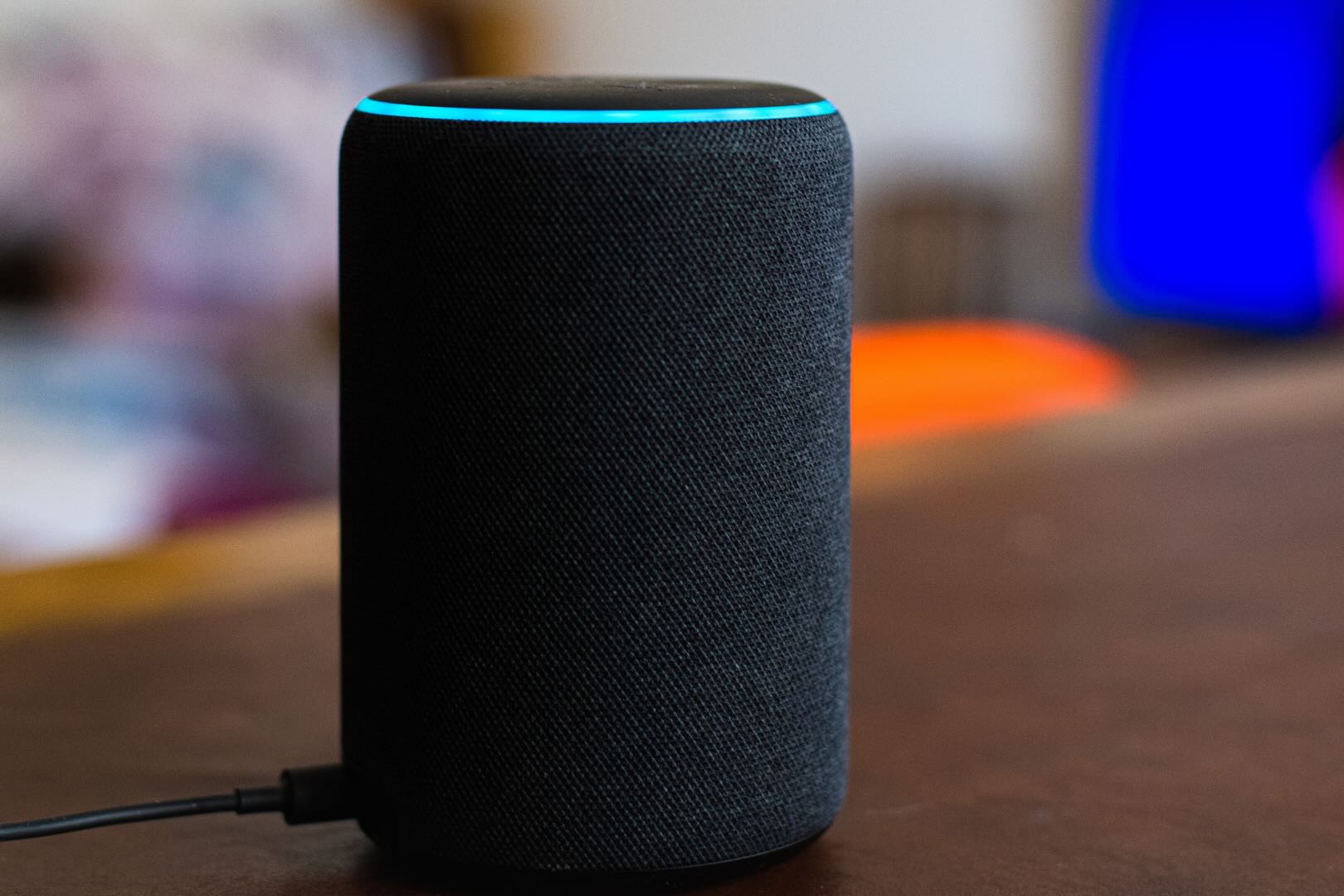
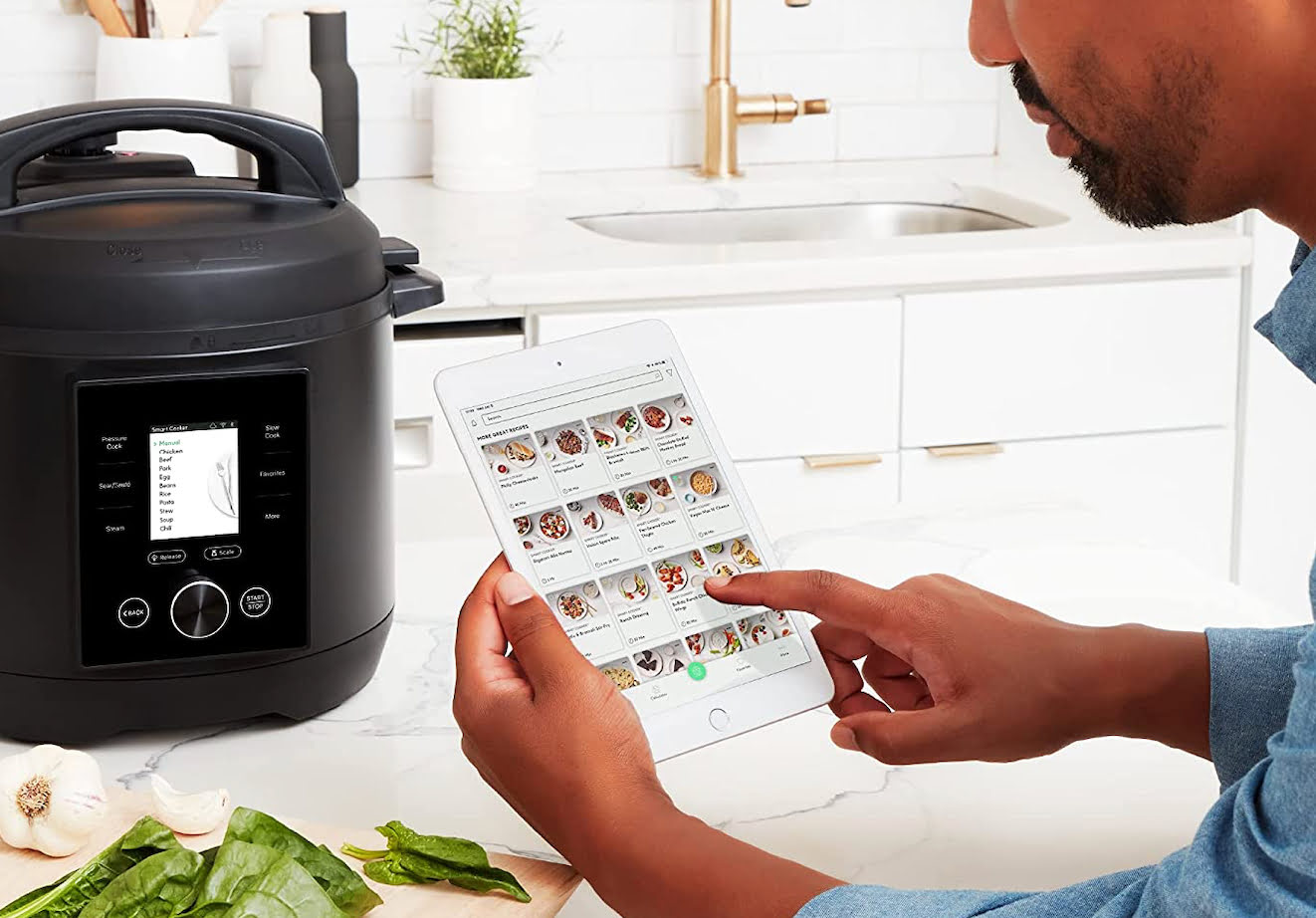
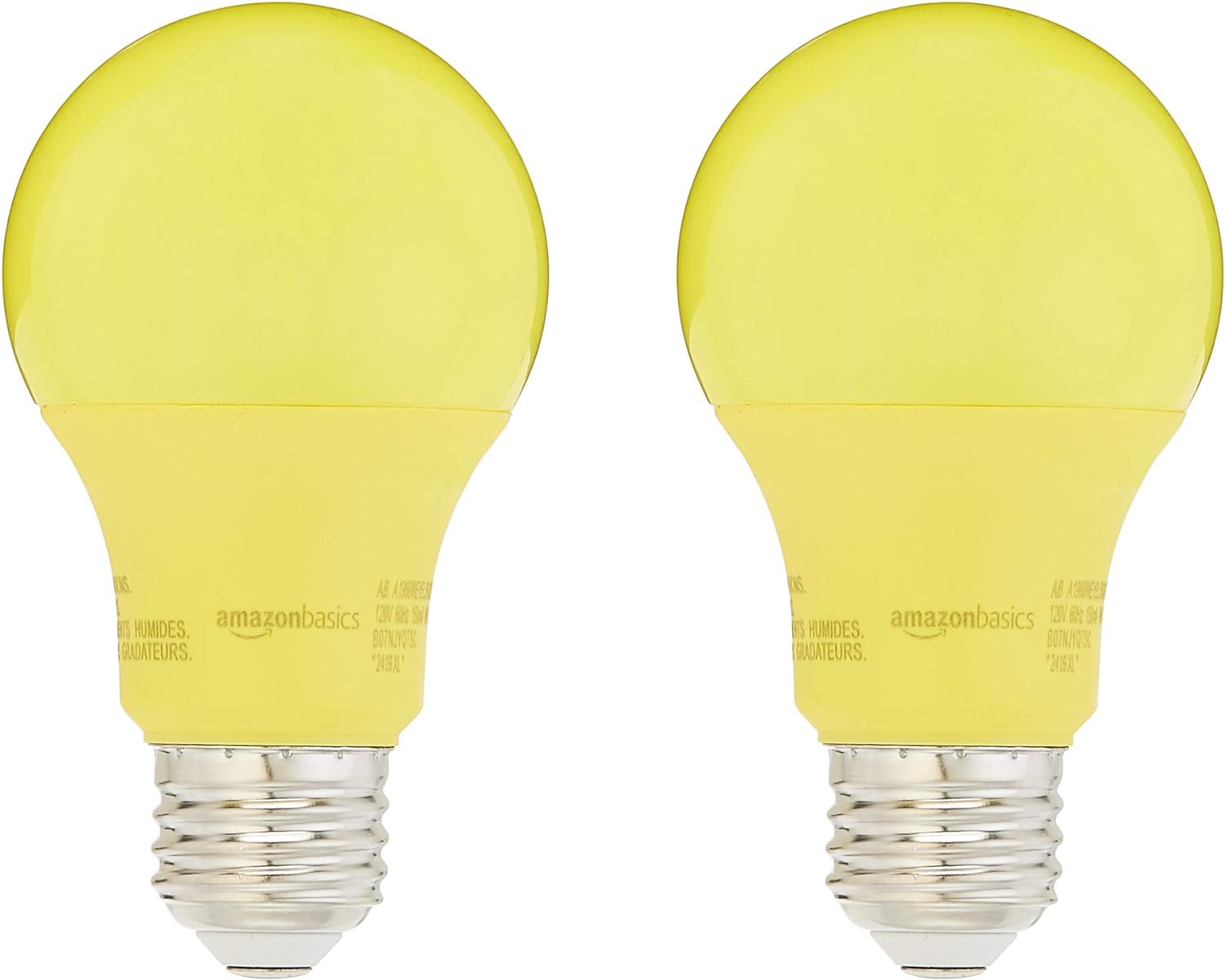

0 thoughts on “How Many Watts Does An Electric Pressure Cooker Use”